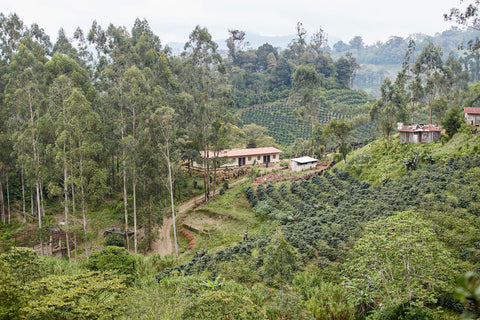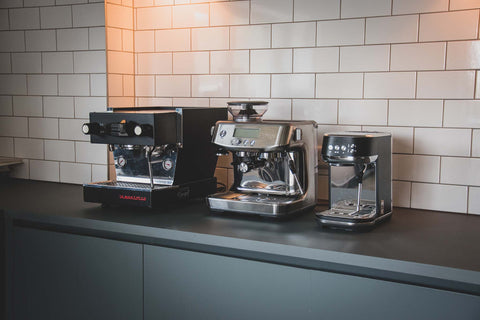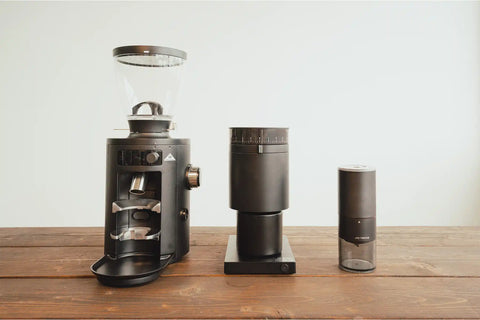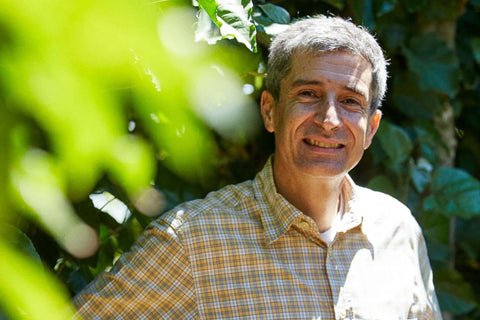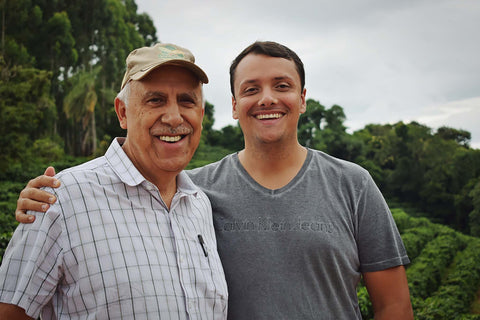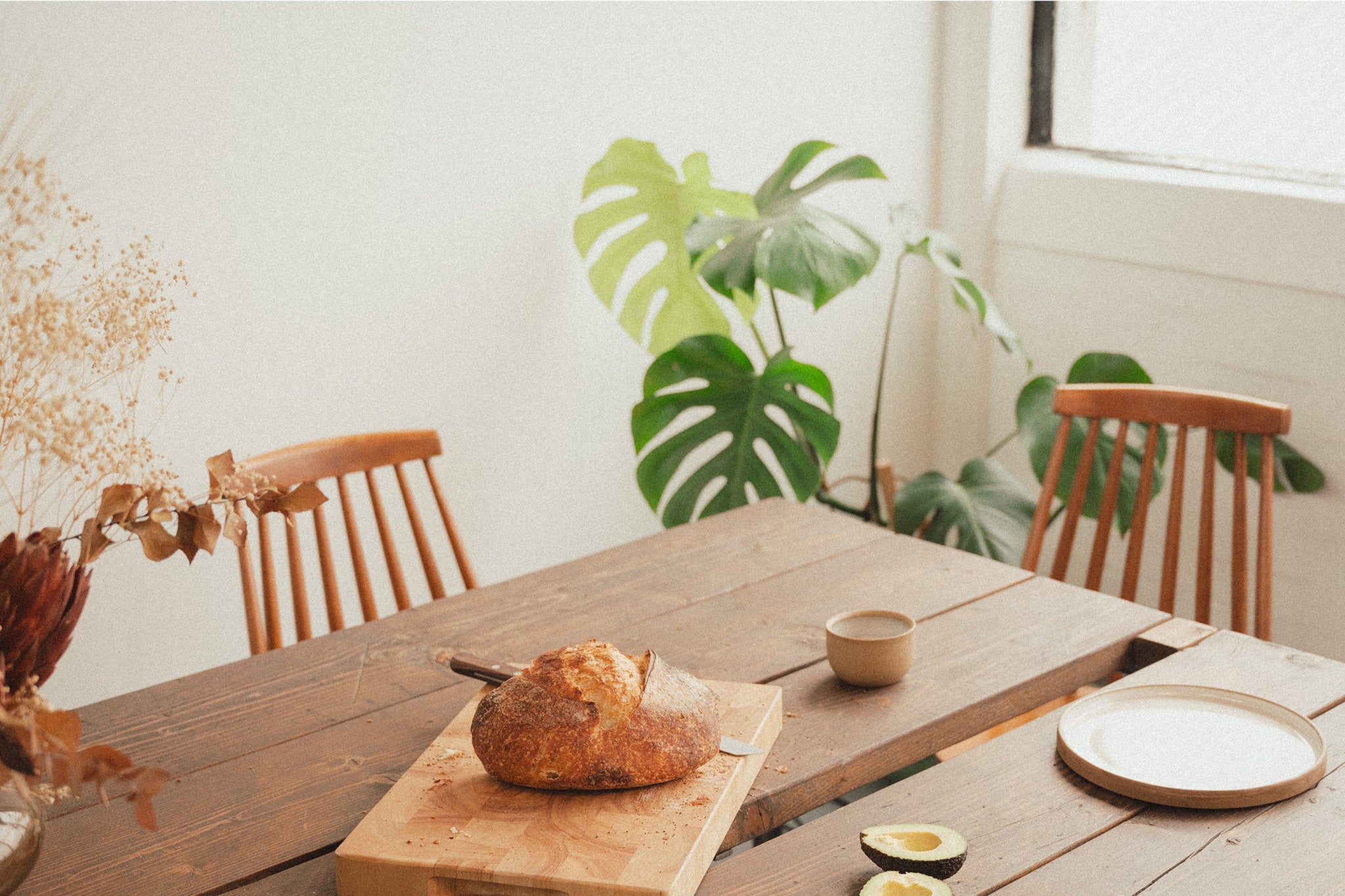Kenyan coffee has proudly one of the most recognisable flavour profiles in coffee. Despite sitting south on the border of its famed neighbour, Ethiopia (widely known as the birthplace of coffee), Kenya’s own relationship with growing the crop had a slow start, travelling around the world before being imported by European missionaries, who brought Bourbon seeds with them from Reunion Island in 1893. Today, Kenya sits confidently among its coffee-producing African contemporaries with a reputation for growing coffee of outstanding quality.

Here, we explore the history of this late bloomer – now the 6th largest producer in Africa, and 18th in the world – and how farmers and producers have inspired and shaped global sales, competitions, and export procedures.
HISTORY
Quality has sat at the heart of coffee farming in Kenya from the outset, with the first crop yielding in 1896. The coffee act of 1933 paved the way for the Kenyan Coffee Board, who began to oversee coffee production, quality control, and auctioning. In the 1930s, the Kenyan government hired Scott Agricultural Laboratories (now named the National Agricultural Laboratories) to determine and develop the best hybrids to be grown, with SL28 and SL34 - selected from the Bourbon varietal - proving to be the most popular, famed for their complexity and acidity.
The Laboratories were established by the colonial British government in Kenya. In 1922, they began conducting agricultural research, providing technical advice and training to farmers on behalf of the Department of Agriculture. The Coffee Section, previously housed in a central office, was moved to the Laboratories in 1934, with 24 acres dedicated to coffee. The country’s coffee industry has been organised around a weekly, government-run, open auction system, developed as a result of Kenya’s 1933 Coffee Act. The auctions, which take place at the Nairobi Coffee Exchange, are considered to be the most transparent price-discovery and distribution system for quality green coffees anywhere in the global industry, even inspiring the Cup of Excellence auctions.
The country is known for its distinctive grading system, with coffee beans graded according to size, shape, and overall quality. In 2006, new legislation made it possible for coffee sales to be negotiated between producers and buyers; prior to this, Kenya’s auction platform had been compulsory. Today, around 60 percent of Kenya’s coffee is produced by cooperatives.


GROWING AND HARVESTING
Kenya’s coffee industry comprises numerous small farms and cooperatives, as well as larger estates; around six million Kenyans are involved in the industry. Typically, a Kenyan smallholding – known as a Shamba – consists of shade grown coffee, a house, family livestock, and a variety of other crops, such as avocado. Alongside varietals SL28 and SL34, disease resistant plants like Ruiru and Batian are popular with farmers. Thanks to the moderate climate, rich volcanic soils, and high elevations of the country, paired with equatorial sunlight and heavy rains in March and April, Kenya enjoys two harvests–the first typically between May and July, with a second in between October and December.
Most coffee is grown at high elevations, up to 2,000 metres above sea level. Major coffee growing regions – all of which support a wide range of native forest ecosystems and a variety of wildlife – are situated on high plateaus around Mount Kenya, including the Aberdare Range, Kissii, Nyanza, Bungoma, Nakuru, and Kericho. Cherries are mainly harvested by hand. Quality control is high, and farmers are well-trained and knowledgeable.

PROCESSING AND BREWING
Kenya’s reputation for quality coffee is well deserved, recognised globally for meticulous production throughout, which results in exceptional flavours. Most coffee is a washed process, dried in the sun on African beds. We return to Kenya time and again for their consistently bright and juicy cups, known for the high acidity and refreshing citrus notes.
PREVIOUS RELEASES
Guama Zahabu (2014), Kenya II Zahabu (2014), Gaikundo (2015), Gatura (2015), Gatamboya (2016), Hadage (2016), Kenya Kii (2016), Gicherori AA (2017), Kiamara Estate (2017), Muchagara (2017), Muwa AA (2017), Gichugu (2018), Gitchathaini (2018), Kagumo (2018), Karatu (2018), Karinga AB (2018), Kavutiri (2018), Kii (2018), Makena (2018), Ndaroini (2018), Giakanja (2019), Kabingara (2019), Kagumo AA (2019), Karinga (2019), Kiandu (2019), Makena (2019), Tatu (2019), Dagitu (2020), Kiamugumo (2020), Ngigi (2020), Njemu (2020), Wahundura (2020), Kii (2021), Muthuaini (2021), Ndundu (2021), Rungeto (2021), Tegu (2021), Guama (2022), Iyego (2022), Kaiguri (2022), Kigwandi (2022), Kii (2022), Machire (2022), Muriranja (2022),
[updated Oct 22]
--
View our current coffee portfolio and discover our latest Kenyan release - here




